|
Montmartre is the quintessential Parisian neighborhood - a must-see on your visit to the City of Light. If you want to avoid Montmartre's crowds, see all the most important sights, and stay safe, check out these tips!
Disclosure: some of the links below are affiliate links. If you purchase a linked item, I will make a commission, at no extra charge to you. As an Amazon Associate, I earn from qualifying purchases. Updated April, 2020.
Considering a visit to romantic Montmartre?
Montmartre is on everyone's Paris must-see list. During the Belle Epoque (or the Fin de Siecle - the end of the 19th Century), it was the centre of Parisian bohemian culture. Though less chic and more touristy today, Montmartre is a romantic and exciting part of Paris.
What is Montmartre famous for?
Montmartre was home base to a number of the world's most famous artists - Renoir, Degas, Modigliani, Picasso, Pissarro, and, of course van Gogh. If you were a kid of the Millennium, like me, you've been (potentially curiously) wanting to visit Montmartre since you first saw Moulin Rouge in 2001. Or, if we're living parallel lives, you fell in love with Montmartre while watching a heavily edited version of Amelie in high school French class. Montmartre is depicted in countless paintings and images of Paris, and Sacre-Coeur one of the first identifiable sights you'll see as you drive in from the airport.
The hilltop has been a haven for artists and counter-culture advocates for over a hundred years now - and just a walk around is certainly an experience for any tourist visiting Paris! How do you get to Montmartre?
Montmartre is easily accessible from most places you'll be starting out from throughout central Paris. For us, we opted for the Abbesses metro stop, on Line 12 (see below). With Abbesses as your starting point, you'll start at the "bottom" of the hill (the "butte") and work your way up the hill to Sacre-Coeur. What I did not know when I gleefully jumped off the 12 metro train to Abbesses is that it is the deepest metro station in Paris. There's an elevator, but there may be a short line, as it's a relatively crowded station.
There's a reason there's no line for the stairs...
If you do manage to make it out of the station via the stairway from hell, you will be greeted by the stunning, Art Deco edicule - one of only two remaining "dragonfly" metro covers in Paris, so be sure not to miss the first sight on your trip! Montmartre is also served by Metro Line 2, from which you would enter the area from the Pigalle, Anvers, or Blanche stations.
Starting your tour of Montmartre
How much does it cost to visit Montmartre?
It's free! Montmartre is a neighborhood in Paris, and it's free to stroll around. Entrance to the most famous landmark, Sacre-Coeur is free as well. Your expenses would be travel to and from Montmatre on the Metro, and any meals, drinks, and souvenirs you purchase during your visit.
History of Montmartre, Paris
The beginnings of Montmartre's history are thoroughly religious. Located at what would have been the North of Paris, and is now very much part of the massive city, Montmartre and the surrounding area has been populated since the Romans occupied Gaul.
The hill of Montmartre itself became famous - and continues to be a religious pilgrimage site- owing to the decapitation of the local Bishop on this site by the Romans in 250. According to legend, St. Denis picked up his head and carried on. What is believed to be his church remains today, Saint-Pierre (discussed below). Afterward, an abbey was constructed on the site which stood until its demolition during the French Revolution.
Montmartre became part of the City of Paris in 1860 - as the 18th arrondissement. In 1871, the hill was the site of the beginning of the Paris Commune, a left-wing French uprising that began when a group of the communards seized Franco-Prussian war munitions that were being stored on Montmartre. After establishing a short-lived commune, the remaining communards were executed by the French Army at Pere Lachase Cemetery. If all this history is starting to bog you down, I really enjoyed Edward Rutherfurd's Paris as a fun (and fictionalized) walk through French history. Weaving together the histories of several French families, Rutherfurd will help you remember the parts of French history you might has missed in school!
Montmartre's Moulin Rouge
In the end of the 19th century and into the 20th, Montmartre became a haven of dance halls and bars, off the beaten path and frequented by the artists who changed the art of a generation. The famous cabaret theatre, the Moulin Rouge, is still available for shows (an offer which is taken up by over 600,000 tourists each year - no, that's not a typo).
Is Montmartre crowded?
Now you'll find a small train ferrying people up and down the hill, and souvenir sales shops around every corner. It certainly still offers the most beautiful views of Paris, and plenty of history that you'll certainly enjoy!
Want to learn more about Paris's best neighborhoods? Check out my Paris Neighborhood Guide! Saint-Pierre, Montmartre
Originally constructed in 1147, the church accompanied the Montmartre Abbey, which has long since been destroyed. Saint-Pierre is located next to/slightly behind Sacre-Coeur (if you're looking at Sacre-Coeur, it's to the left).
Largely overshadowed by its much younger neighbor, Saint-Pierre is definitely worth a visit. Renovated in the 19th-century from near-tear-down degradation, today it's a quaint treasure. Be sure to note the Roman columns used in the reconstruction of the nave. Even if you are not a great church historian, it's a lovely sight and, a very nice way to escape the swarming crowds around Sacre-Coeur. Visiting Sacre-Coeur, Montmartre
The Basilica of Sacre-Coeur is an absolutely stunning gem - perched atop the butte of Montmartre, its history makes it all the more fascinating. When touring a city as old and storied as Paris, it's easy to forget that history is always continuing to be written.
Construction began on Sacre-Coeur in 1874, with the Basilica finally completed and consecrated in 1919. Debate remains over the exact purpose of the building of the Basilica, but unifying the country, erasing moral transgressions of the Paris Commune, and commemorating the soldiers who died in the Franco-Prussian War were all in the mix. Of course, the war itself was a political maneuver on the other side, by Otto von Bismarck, to unify the disparate German states into the Germany we know today. Not just a simple, pretty church, eh? Do I need a ticket to visit Sacre-Coeur?
It is free for tourists and worshipers to enter the Basilica. Free audio guides are available. However, lines can be quite lengthy, so you may need to budget significant time to go through security and wait in the ever-growing line.
Staying safe in Montmartre
The unfortunate reality of visiting any large tourist destination is that you need to be on the alert and Montmartre is no exception. Be aware.
Do not talk to strangers. If someone approaches you just politely say "No thank you" "or "non, merci" and continue walking. Do not worry about being rude. You will never see these people again. Your safety is more important. If you feel uncomfortable, just leave. In an international setting, pretending not to understand what the person is saying is always an easy and non-confrontational option. There is no reason that a stranger should be approaching you and asking anything from you - to accept/take anything, to buy/sell anything, or to ask questions. Below are some of the cons we encountered when we visited, but remember, people are always thinking of new and exciting ways to steal. Worried about offending the French? Check out How to Charm the French and learn all you need to know about impressing Parisians! Common Scams in Montmartre
Remember - just use your common sense and keep moving. Eating and Drinking on Montmartre
Montmartre is over-flowing with restaurants - ranging from the fun hole-in-the-wall place, to the general French cafe, to...uh oh, tourist trap (if you're worried about tourist trap restaurants, check out my post on Picking Restaurants in Europe).
In general, try to pick a restaurant in advance, but, of course, days get away from all of us, places are crowded, etc. and sometimes you just have to eat where you eat! Don't forget to grab a drink and imbibe the culture! Thanks for stopping by!
For more tips on your visit to Paris, don't forget to read up on your Rick Steves! xx And sign-up for the blog newsletter to receive helpful European travel tips, straight to your inbox!
You may also like...Love it? Pin it!
3 Comments
Sharon L Gavin
3/27/2022 12:33:05 am
We visited Montmartre in late December, just before the New Year. We traveled with my partner, two daughters, and daughter's boyfriend. I cannot tell you how marvelous it was to, first of all, make it out of the Metro with all those stairs, and secondly, walk smack dab into a Christmas Fair! What a lovely, wonderful time we had. It will stay in my memory forever. Thank you for all the information about this amazing place.
Reply
3/29/2022 07:34:28 am
Thanks for the great info! We are planning a trip to France (after this long COVID drought) and I found your article very helpful.
Reply
Christine Idriss
4/27/2022 08:51:14 pm
Ah, sweet youth. When I was young, I could dash up those "stairs from Hell" whithout stopping.
Reply
Your comment will be posted after it is approved.
Leave a Reply. |
Archives
July 2024
Categories
All
This website uses marketing and tracking technologies. Opting out of this will opt you out of all cookies, except for those needed to run the website. Note that some products may not work as well without tracking cookies. Opt Out of Cookies |
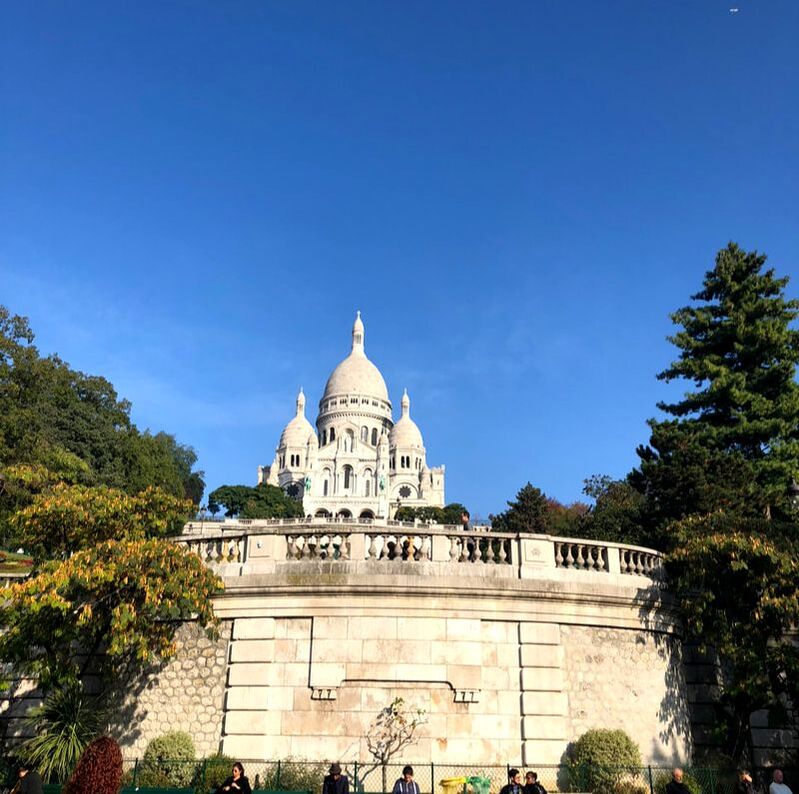
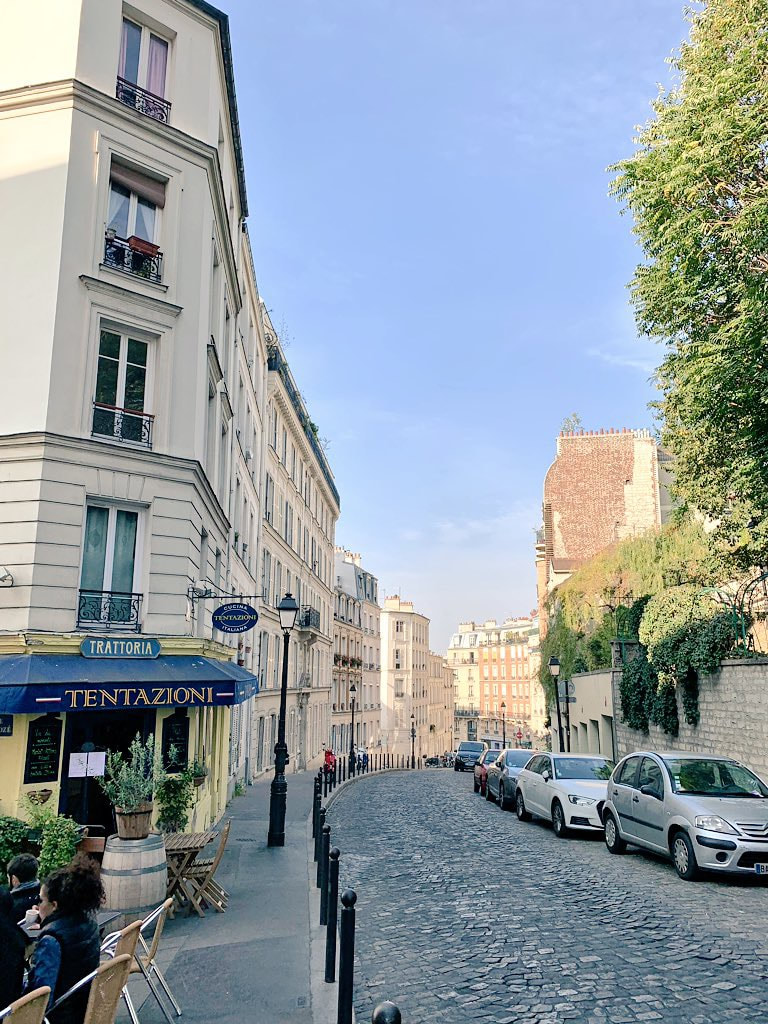


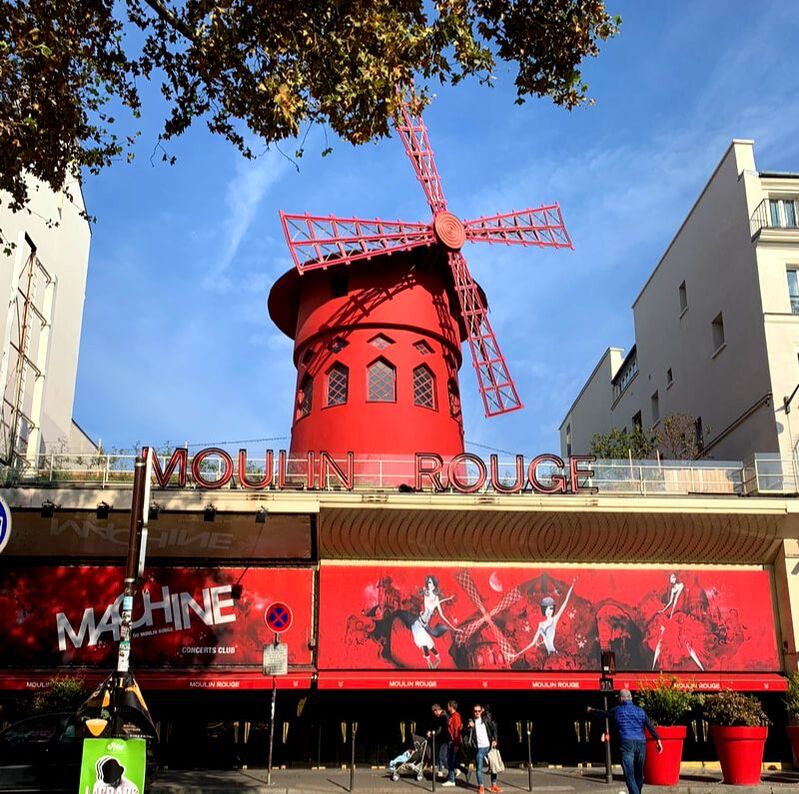

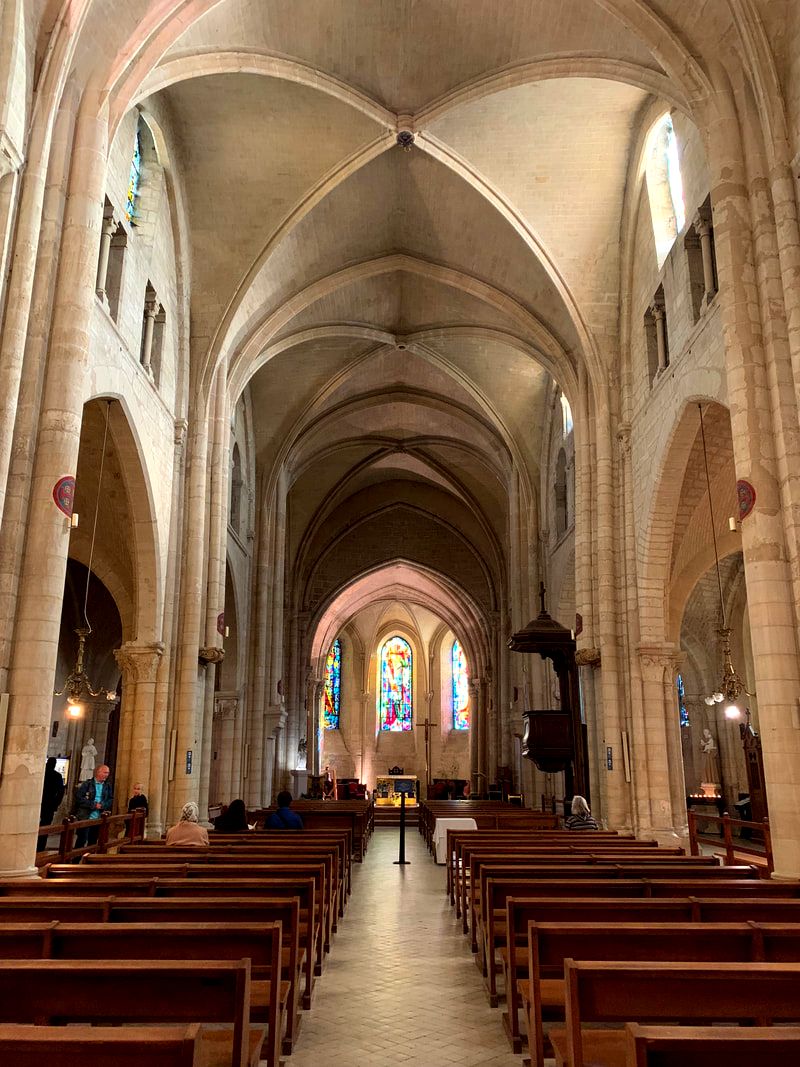



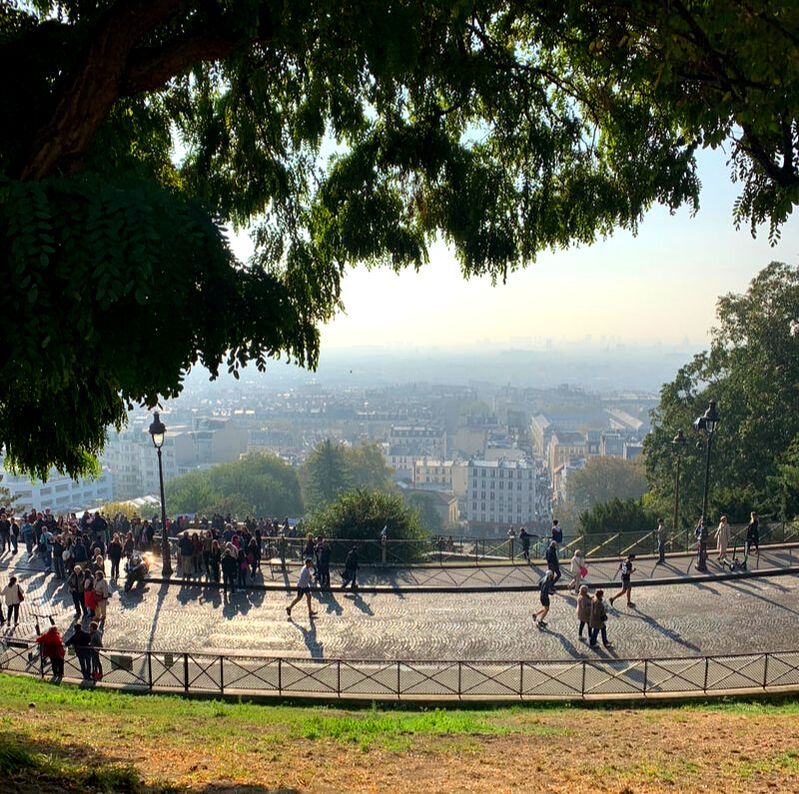
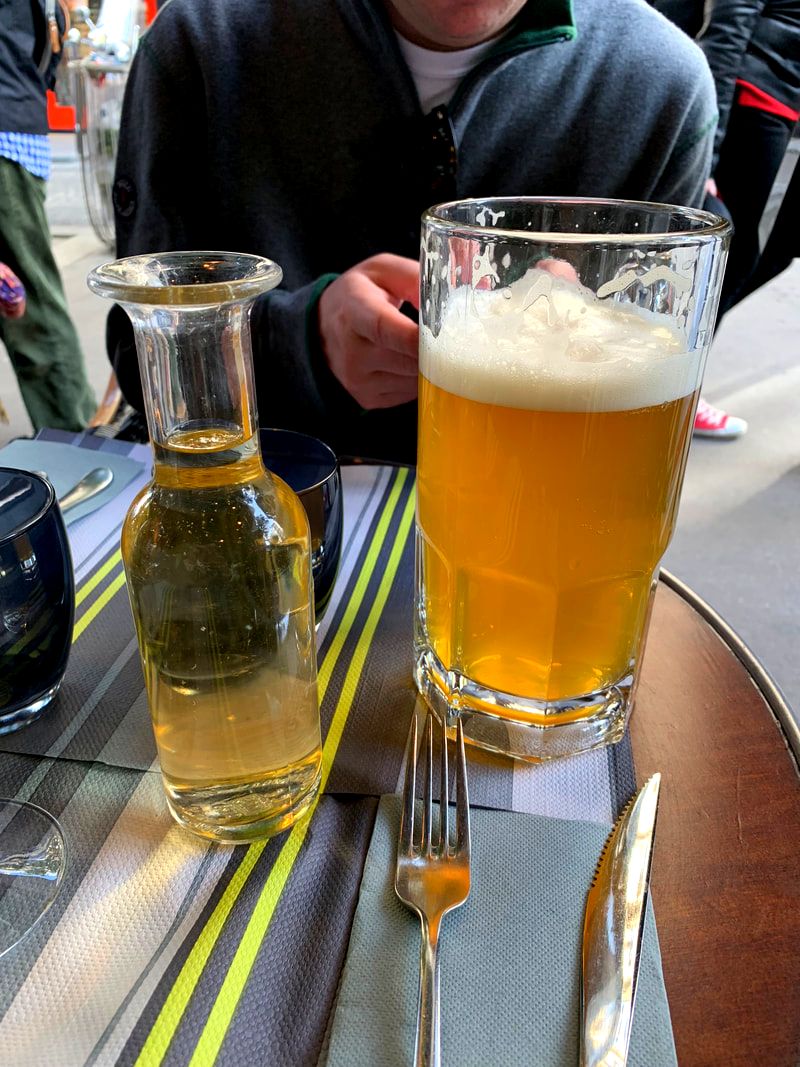
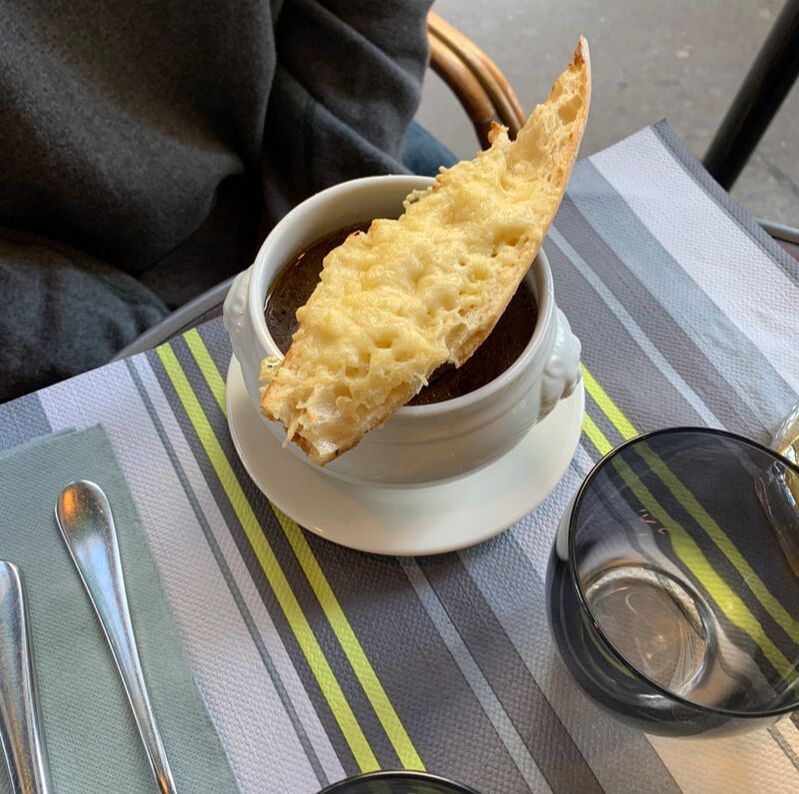
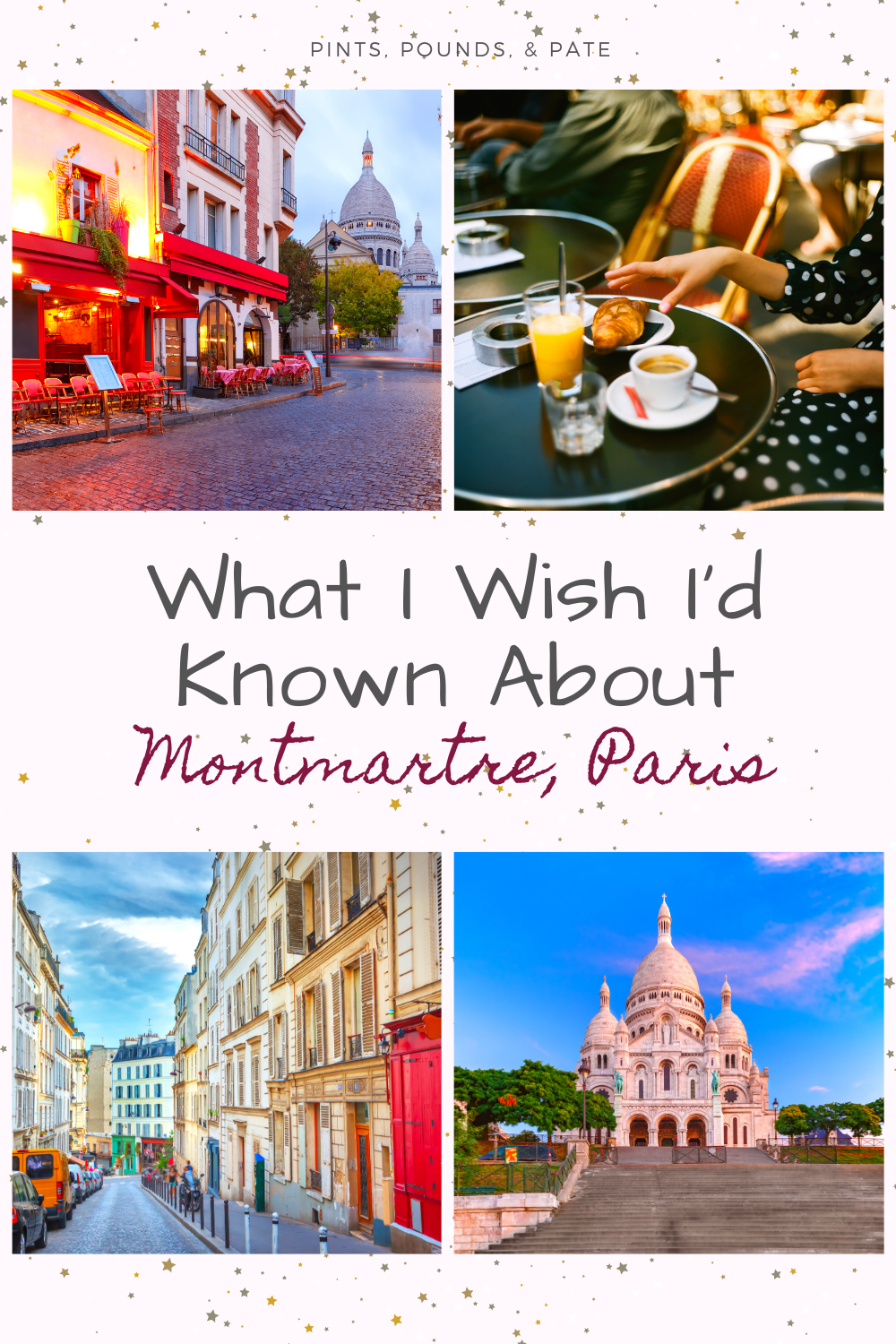

 RSS Feed
RSS Feed